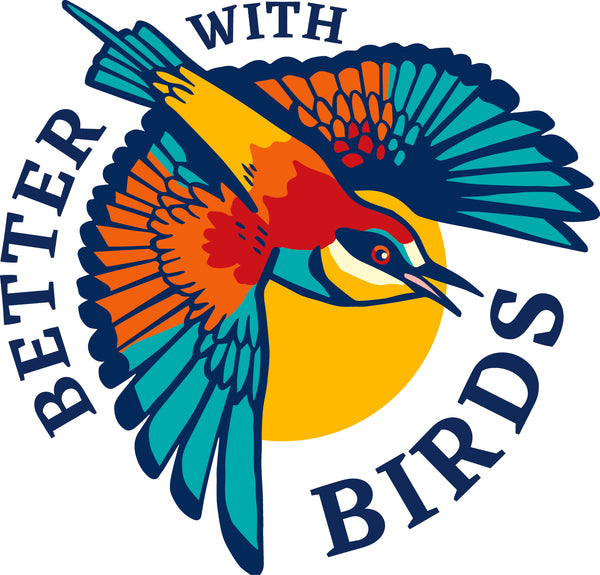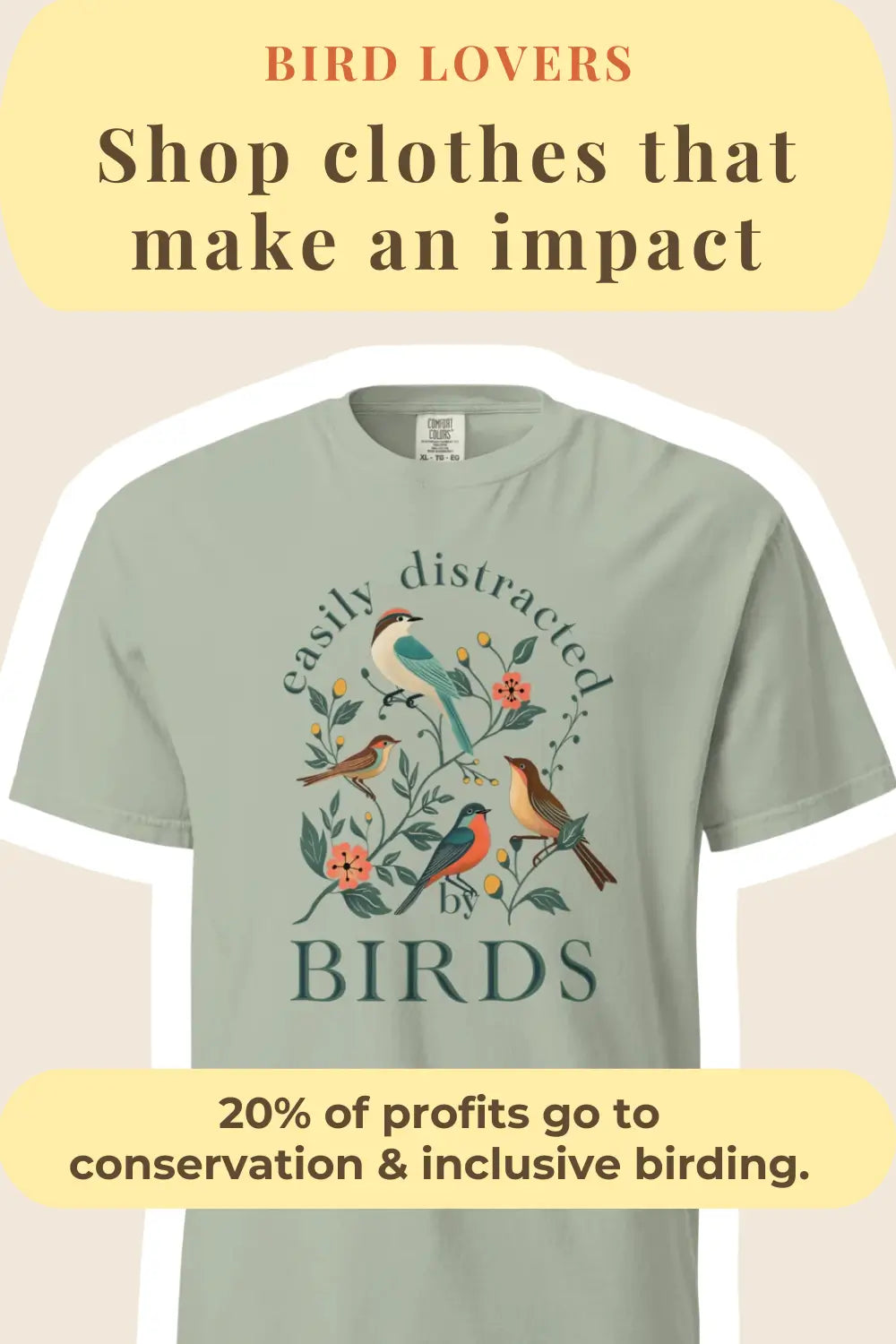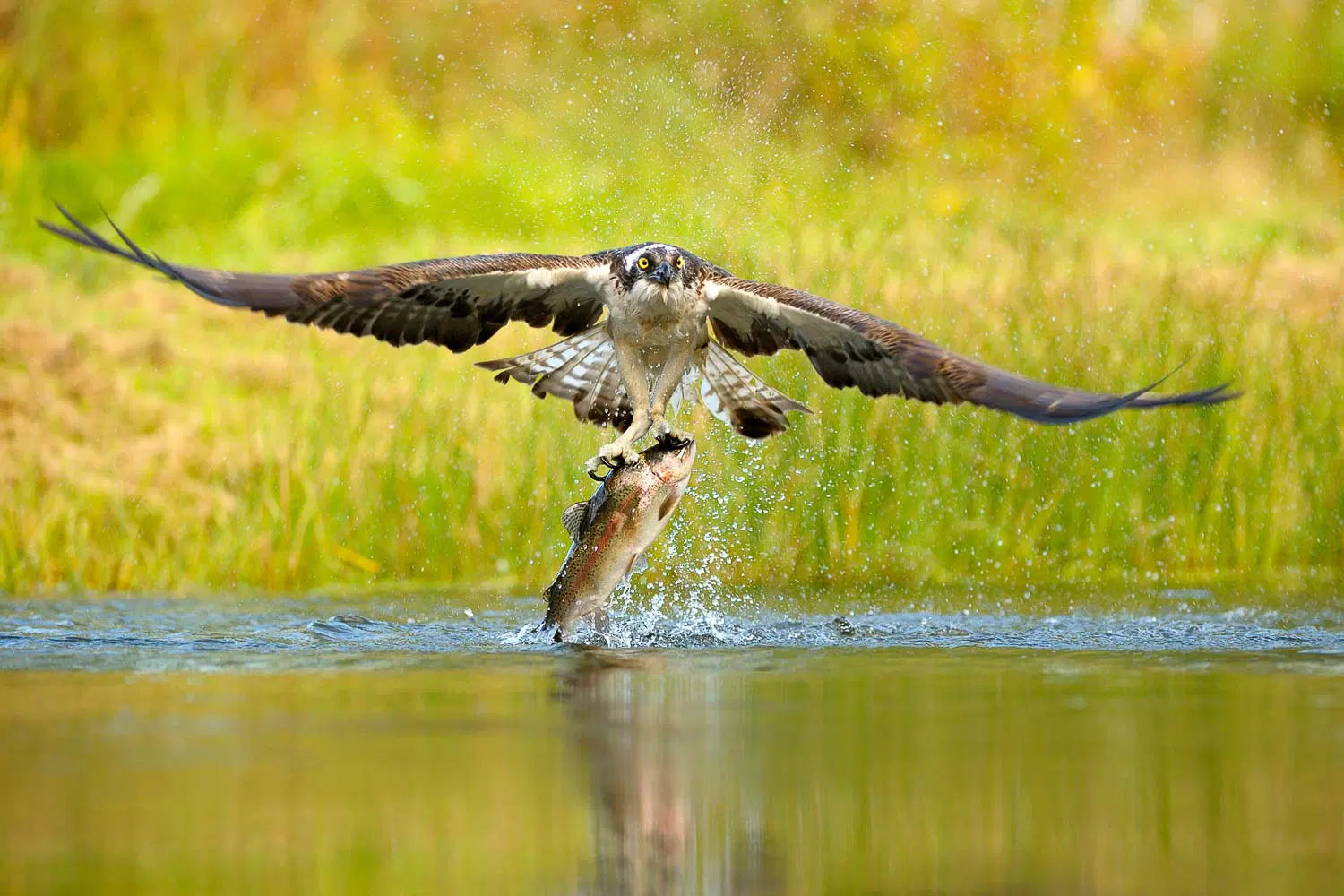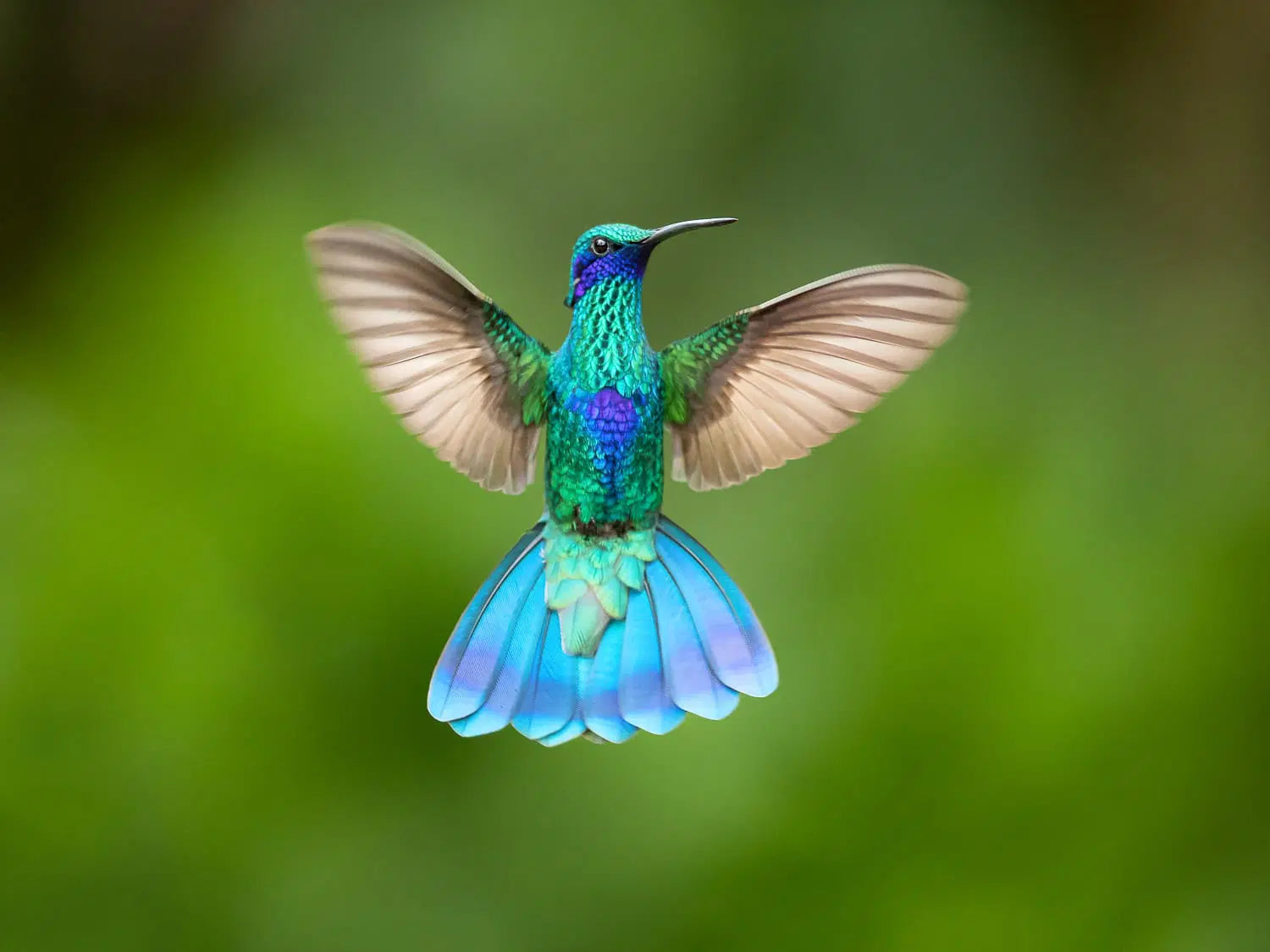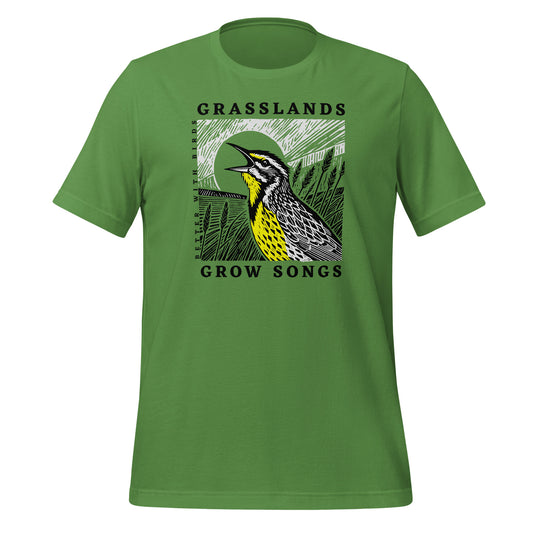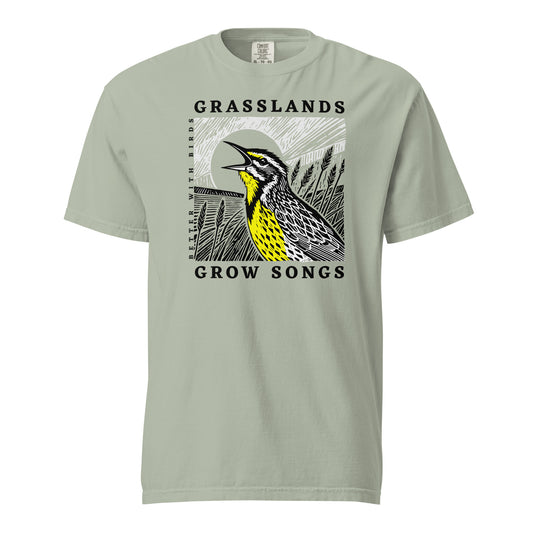Bird Safari Photography: Practical Tips for Bird Photographers
Featured Photo: Martin Pelanek/Shutterstock
Read Time: 8 minutes
Bird Photography and Sound Tips , Photography Tips
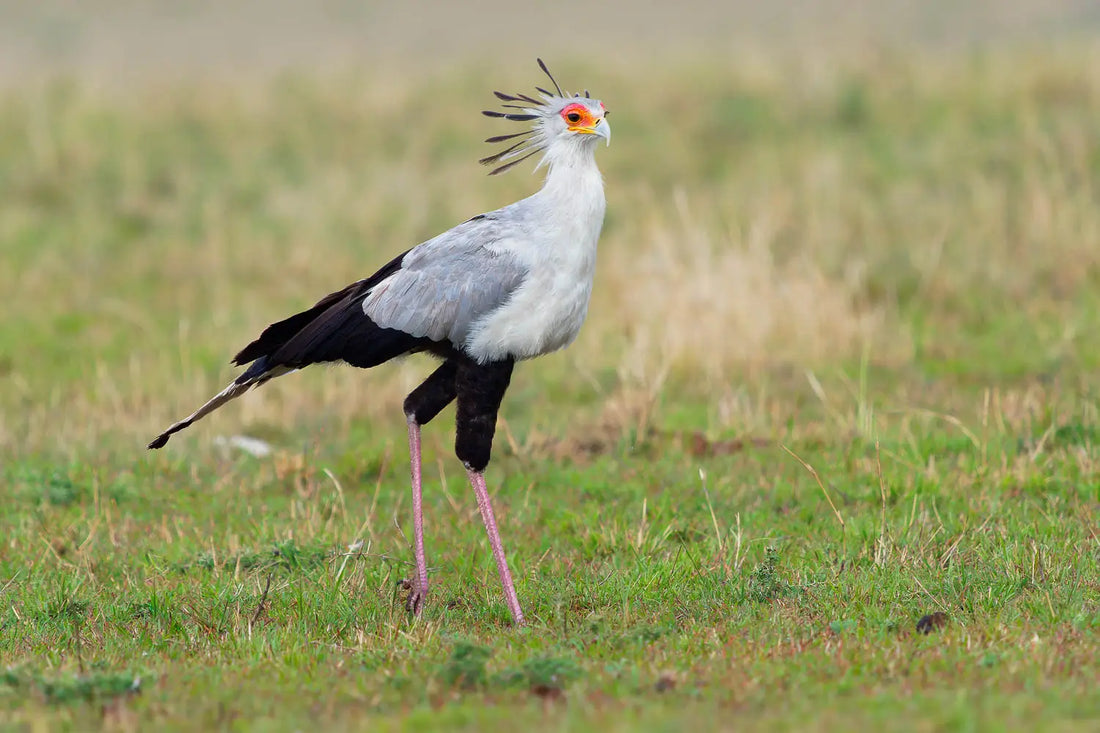
This post contains affiliate links. If you use these links to buy something, we may earn a commission at no additional cost to you. We only recommend products we fully support or use ourselves. Our full disclaimer
PIN THIS FOR LATER
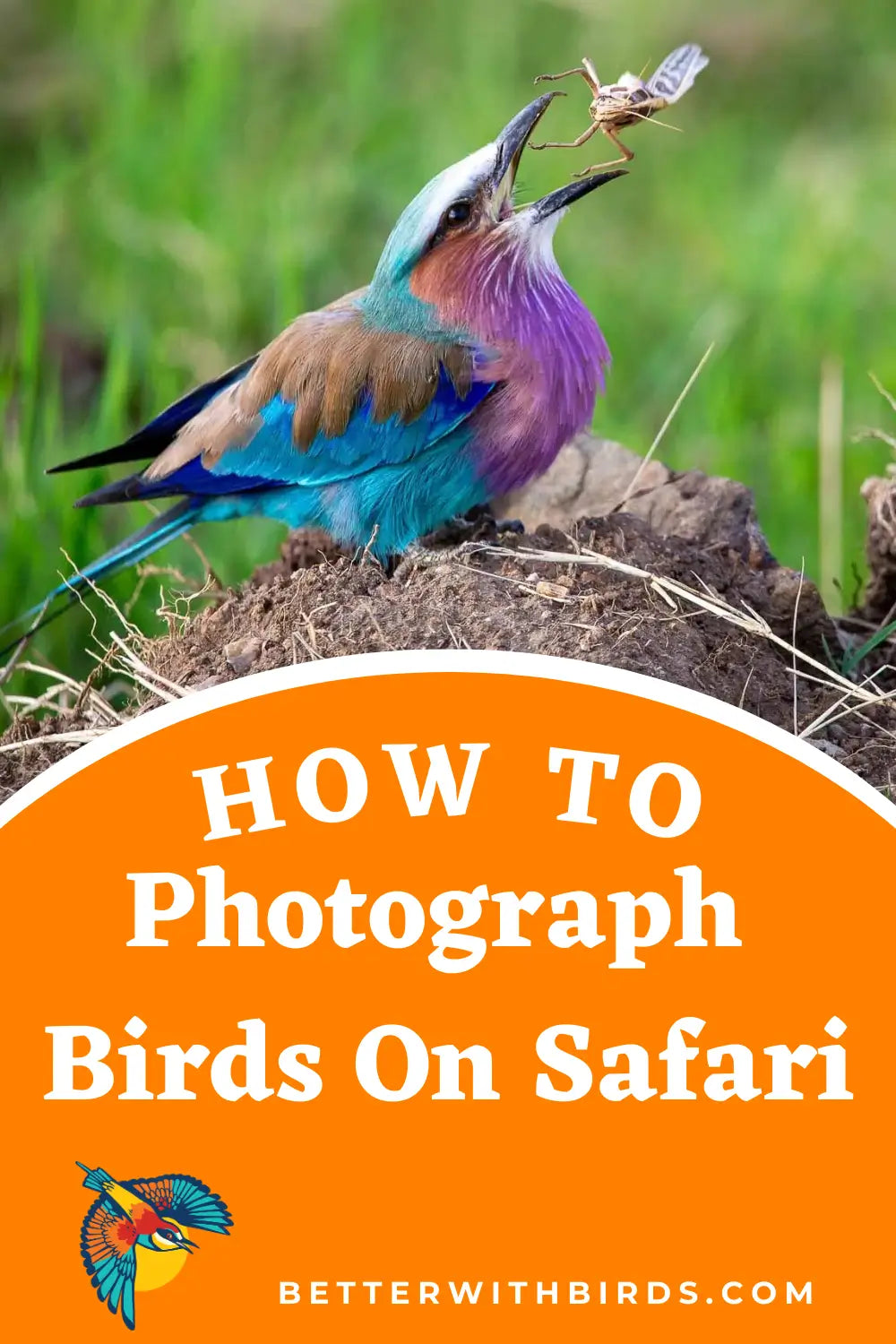
Contents
Venturing into the vastness of the African savannah, every birdwatcher-turned-photographer dreams of snapping that once-in-a-lifetime shot of a lilac-breasted roller mid-flip, or a secretarybird strutting like it owns the plains (spoiler: it does). This guide is your fast-track to mastering safari bird photography—from gear selection to field techniques, with practical tips and smart strategies. Let’s turn your safari into a shutter-clicking, life-list-growing adventure.
1. Choosing the Right Photography Gear for Birding Safari
Birds don’t sit still. And unlike elephants, you don’t spot them from miles away. Your gear has to be fast, sharp, and flexible—because your subjects won’t wait for you to fumble with settings.
Camera Body Selection
You’ll want something weather-sealed, lightweight, and with lightning-fast autofocus. Birds move fast, and in safari conditions, dust and moisture are inevitable. Consider the Canon EOS R5, Nikon Z9, or Sony A1 if budget allows. On a tighter budget? The Canon R7 or Nikon Z50 punch well above their weight. Mirrorless bodies are especially great for bird photography thanks to silent shutters and fast tracking.
Lenses for Birds, Not Beasts
Forget the “Big Five”—your lens needs to find the feathered hundred. A telephoto lens is your best friend. Look for something in the 400-600mm range (or with a 1.4x teleconverter). Options like the Nikon 200-500mm f/5.6, Sony 200-600mm, or Canon RF 100-500mm are ideal. A second wide-angle lens is great for bird-in-habitat shots or dramatic skies filled with flight.
Camera Bag Essentials
Think protective, dust-proof, and organized. You’ll need polarizing filters (great for vibrant plumage), memory cards, a memory card wallet, spare batteries, and a good lens cleaning kit—dust is the unofficial mascot of Africa. And yes, bring a bean bag for stabilizing your camera on safari vehicle windows. It’s like a tripod, but safari-smart.
We give 20% of all shop profits to bird conservation & inclusive birding efforts.
2. Mastering Camera Settings for Bird Photography
Birds aren’t patient. The right camera settings will help you catch them in flight, displaying courtship behavior, or mid-hunt.
Shutter Speed for Birds on the Move
Start at 1/1000 or faster for birds in flight. Smaller birds or wing flutters? Go higher. You’re freezing motion—not just wings, but sometimes water, dust, or even mid-air prey snatches.
Aperture and ISO for Feather Detail
Use f/5.6 to f/8 for a good balance of depth and detail. Feather texture, glint in the eye, maybe even a drop of dew on the beak—this is where the magic happens. Adjust ISO based on light; early mornings and dusk will push you higher, but modern sensors handle it like pros.
Preventing Camera Shake
Birds don’t care if your hand is steady—they’ll be gone in a blink. Use a bean bag or monopod for support in safari vehicles. If you're outside the vehicle (e.g., walking birding safaris), a lightweight tripod or shoulder rig helps tremendously.

3. Timing Your Birding Safari Photos
Just like the lions have their routines, so do the birds. And if you're chasing that perfect photo, you're working on bird time.
Golden Hour = Feather Flare
Sunrise and sunset are prime birding hours—not just for light, but for bird activity. Birds call, court, bathe, and feed in those glowing hours, which means you should be up and caffeinated before dawn.
Know Their Rhythms
Certain species are more active at specific times. Raptors soar once thermals build late morning. Songbirds get chatty early. Waterbirds love mid-morning feeding sessions. Check with local guides or use bird apps like Merlin Bird ID or BirdLasser (if in Southern Africa) to time your shots.
4. Composition Techniques for Bird Photos with Personality
Composition is what takes your bird photos from “I saw this bird” to “I felt this bird.”
Use Natural Frames
Branches, grass, reeds, or even a nest entry can all frame your subject beautifully. For perched birds, allow space in the direction they’re looking or flying.
Perspective Adds Story
Crouch low to get on eye-level with ground birds like hornbills. Zoom in tight for dramatic portraits or back up to capture a bird mid-flight against an epic landscape.
Eyes First, Always
If you only remember one thing: the eye must be sharp. That’s the emotional anchor of every great bird photo.
We give 20% of all shop profits to bird conservation & inclusive birding efforts.
5. Capturing Movement: Flight and Behavior
Birds in motion are the holy grail of safari photography. Whether it’s a fish eagle diving or a bee-eater catching insects mid-air, preparation is everything.
Use Burst Mode
Set your camera to high-speed continuous shooting. This helps you get the perfect wing position or the exact moment a bird takes off.
Autofocus Settings for Birds
Use AI Servo (Canon) or AF-C (Nikon/Sony) and set your tracking sensitivity to follow erratic movements. Pair it with animal or bird eye autofocus if your camera supports it—it's worth its weight in SD cards.
6. Don’t Run Out of Memory Mid-Flock
You’re going to take a lot of photos. Birds are fast, unpredictable, and incredibly photogenic.
Smart Shooting
It’s tempting to shoot every twitch, but sometimes waiting for that perfect pose saves space and editing time later.
Backup Like a Pro
Dual card slots, external hard drives, or cloud upload at camp—whatever works. Losing your lilac-breasted roller shot because your card failed is the kind of heartbreak that haunts.

7. Respecting Birds and Their Habitats
Birding on safari is about observation, not intrusion. Ethics are non-negotiable.
Don’t Overcrowd or Bait
Never disturb nesting birds, flush them for flight shots, or follow too closely. A distressed bird is not a good photo.
Work With Guides
Your guide is your birding whisperer. Listen to their tips, follow their timing, and respect when they say “that bird’s had enough.” They know the birds better than your eBird app ever could.
8. Leveling Up Your Birding Photography Game
You’ve got the gear. You’ve learned the settings. You’ve even survived the early wake-up calls. But great bird photography isn’t just about pointing a lens—it’s about knowing your subject, predicting behavior, and evolving your eye.
Practice Makes... Better
Before your plane even touches down in Nairobi or Windhoek, start practicing at home. Local birds, even pigeons and sparrows, are surprisingly helpful for honing your reflexes and learning to anticipate movement. Stalk a robin, track a gull mid-dive, or try to catch a hummingbird in mid-hover—these reps will pay off when you’re chasing a lilac-breasted roller through acacia trees.
Use these pre-safari sessions to experiment with:
- Autofocus settings
- Exposure compensation in tricky light
- Tracking erratic movement (hello, swifts)
- Treat it like bootcamp, minus the yelling and push-ups.
Learn from the Greats
Scroll through Instagram, study top wildlife photographers, or pick up a few nature photography books. Pay attention to how they compose shots: where's the bird in the frame? What's in focus? What’s the story? Then apply those ideas in your own work—not to copy, but to grow your visual language.
Want to go pro-mode? Consider:
- Online courses or YouTube channels by pros like Melissa Groo.
- Bird photography-specific workshops (some are even in Africa)
- Joining bird photography Facebook groups or forums for feedback and tips
Great bird photographers aren’t just good with a camera—they’re obsessed with birds. So go ahead and nerd out.
9. Post-Safari: Organize, Edit, and Celebrate the Feathers
You made it back! You’ve got 4,000 images, one half-charged laptop, and a suitcase full of red dust. Now begins the quiet but crucial phase: turning that memory card madness into an actual bird photography collection.
Organize Like a Pro
Your future self will thank you for this. As soon as you’re back (or even while still in camp), sort your images:
- By species
- By location or date
- Or even by behavior (feeding, flight, perching)
Use software like Lightroom, Photo Mechanic, or even just file folders with clear labels. Add keywords while it’s fresh in your brain—trust us, “weird brown bird with eyebrows” won’t help you ID it three months from now.
Edit with Purpose
Now’s your chance to polish your shots without overdoing it. Good editing brings out what was already there; bad editing turns a bee-eater into a neon mistake.
Focus on:
- Exposure & contrast: Make sure the feathers pop, but keep it realistic.
- Cropping: Tighten your frame, eliminate distractions, or experiment with negative space.
- Sharpening: Light sharpening can enhance feather detail—don’t go overboard.
And if you're unsure what’s too much? Step away from the computer, get a snack, and look again with fresh eyes.
Share Thoughtfully
Whether it’s Instagram, your birding blog, or a family slideshow, share the images that tell a story—not just the ones where everything’s in focus. A photo of a hornbill tossing a berry in the air might say more than five static portraits. Let your shots reflect not just what you saw, but what it felt like to be there.
10. Keeping Your Photography Fun and Enjoyable
This part’s important—maybe the most important. Because if you’re not enjoying it, why are you even out there lugging 20 pounds of gear through elephant grass?
The Joy is in the Chase
Birding is the perfect mix of treasure hunt and meditation. You can’t control where the birds will be, what they’ll do, or whether they’ll face the right direction when the light is just so. But that’s the beauty of it. Bird photography teaches you to slow down, pay attention, and find joy in tiny victories—like finally nailing that fish eagle takeoff after four tries.
Some days you’ll get the shot. Some days you’ll get sunburn and a photo of an empty branch. Either way, you’ve spent a day noticing the world more deeply. That’s a win.
Stay Curious, Stay Light
Ask questions. Try weird angles. Zoom in too close just to see what happens. Laugh when a bird poops the moment you click the shutter. Enjoy the mistakes—they make the wins even sweeter.
And remember: even when you’re not getting the shot, you are getting the experience. You’re learning, improving, and maybe even having fun (gasp).
Photography is a lifelong relationship. Bird photography? That’s just the extra-feathery, adventure-packed version. Keep it playful, keep it respectful, and keep that shutter clicking.
Conclusion
Birding on safari isn’t just about ticking species off a life list—it’s about capturing wild, winged beauty in its natural rhythm. With the right gear, a little know-how, and a respectful approach, you’ll leave with more than just memories—you’ll have photographs that sing with life. So go forth, bird nerds. The savannah is calling, and it’s full of feathers.

